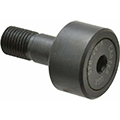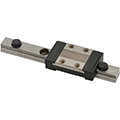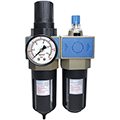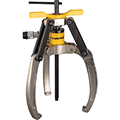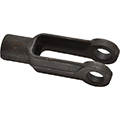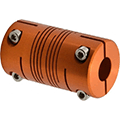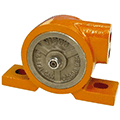Motion Control & Fluid Power
Motion is essential in any manufacturing process. Moving the work to the machine keeps the assembly line efficient and productive. Motion fluid power and control parts can keep your device working for a long time.
Keep Production Moving With Reliable Motion Control & Fluid Power Components
Though they are familiar and simple devices, a faulty belt, chain bushing, or motor can grind your line to a halt. Replace them as soon as possible to avoid any bottlenecks or delays.
Fluid Power and Motion Control
What components affect your machine’s energy dynamics? We list several standard necessary hydraulic and pneumatic parts for industrial fluid power.
Brakes, Clutches & Speed Reducers
Providing equipment with the proper power keeps efficiency up and protects your investment. Proper indexing and positioning of your machine tools require suitable braking devices. Clutches and brakes overcome the energy of inertia and momentum to keep moving loads under control.
Clutches protect equipment from over-speed or over-torque situations. An overrunning grip allows a driven shaft to exceed the input drive speed at given torque. Use an adjustable permanent magnet clutches or torque overload device to limit torque at an offered rate.
Speed reducers allow motors to run at efficient speeds but convert input speed to output torque at a lower speed. The reduction rate will provide the proper torque drive speed to your equipment.
Chains, Belts, Pulleys, & Sprockets
These components are workhorses of every motion system. They are inexpensive and straightforward, but when they fail, production stops. Too often, they are forgotten and neglected.
Roller Chains and Belts pull production components through the plant. Chains must be adequately cleaned and lubricated. Watch for signs of wear, like abrasive or sag, caused by elongation. Running a worn-out chain can cause slippage and extensive damage. Know your chain’s original specifications when ordering a new chain.
Belts have taken over much lighter-duty movement in production facilities. Modern belts perform more smoothly and quieter than chains. They are easier to install than a chain. They also require less maintenance and no lubrication. Best of all, they are less expensive than chains.
Belt selection is critical to their effectiveness. The proper belt geometry, material, and tension must match the application. Insect belt regularly. Look for glazing, chipping, cracking, or fraying of any surface. These are indications that the belt is ready to be replaced.
The correct pulley or sprocket can impact the performance of any belt or chain drive system. A sprocket’s tooth configuration and pitch must match its driving chain. Likewise, the pulley or sheave must fit its mated belt. A correctly specified sprocket, pulley, or sheave, will seldom wear out or break if adequately maintained.
Motors
Electric motors are the heart of every manufacturing facility. The horsepower, voltage, and mounting configuration all come into play when selecting a motor. Small, 1-horsepower HVAC or gear motors can range from 115 to 240 volts. Large, 460-volt industrial drive motors can produce 20 or 30 horsepower. Enclosure type, shaft size, and mounting configuration must be addressed when specifying an electric motor.
Refine Your Motion Control System With Penn Tool Co.
With a full line of electric and hydraulic, industrial motion control & fluid power devices, Penn Tool Co. has what you need to keep production moving smoothly. We grew from a small hardware store to precision management.
Motion Control & Fluid Power components are the life force of your plant. Contact Penn Tool Co. by phone or online to find what you need to keep your plant moving.


















